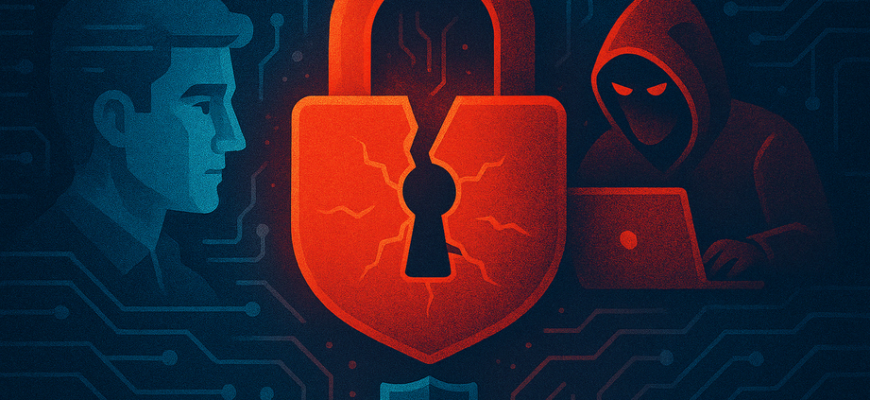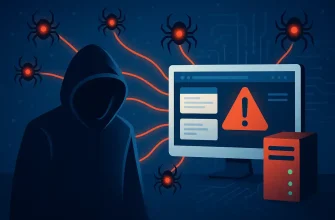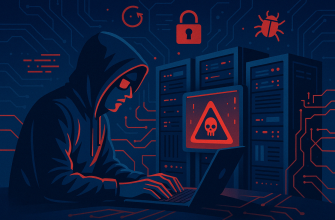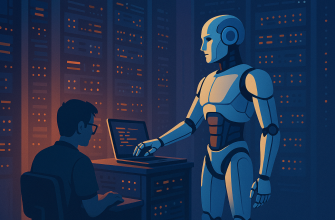In today’s digital world, no one is 100% safe — and we learned that the hard way.
Just a few months ago, our team woke up to every company’s worst nightmare: we got hacked.
Yes, hacked. Systems compromised. Services offline. Data at risk. It wasn’t a drill — it was chaos. But instead of total disaster, we survived. Why? Because of a few crucial decisions we made long before the breach ever happened.
If you’re running any kind of online operation — a SaaS product, e-commerce store, blog, or cloud-based platform — this story might just save your infrastructure too.
- The Attack: What Really Happened
- What Saved Us (And Could Save You Too)
- 1. Zero Trust Architecture
- 2. Microservices with Isolation
- 3. Daily Backups (Tested, Not Just Promised)
- 4. Real-Time Monitoring and AI-Based Threat Detection
- ☁️ 5. Cloud-Native Disaster Recovery
- Lessons Learned (So You Don’t Learn Them the Hard Way)
- Final Thoughts
The Attack: What Really Happened
At 2:14 AM on a Tuesday, our monitoring system triggered multiple alerts: unusual login patterns, traffic spikes from unexpected regions, and a sudden flood of 500 errors across multiple APIs.
The initial breach came through a known vulnerability in a third-party dependency we hadn’t updated. The attackers moved fast — they were inside our environment within minutes, probing deeper layers of our stack.
But here’s where things took a turn.
What Saved Us (And Could Save You Too)
Despite the chaos, our core infrastructure held strong. Here’s what made the difference:
1. Zero Trust Architecture
We adopted a Zero Trust model months before the breach. That meant:
- No implicit trust between services
- Multi-factor authentication (MFA) everywhere
- Strict access controls based on least privilege
The hackers hit a wall — hard. They couldn’t laterally move through our environment.
2. Microservices with Isolation
Our app wasn’t one giant monolith — it was split into isolated microservices. Each ran in its own container, with separate permissions, firewalls, and logging.
Impact was contained. Instead of compromising the entire system, they only reached one service before we shut it down.
3. Daily Backups (Tested, Not Just Promised)
Yes, we had backups. But more importantly — we tested them weekly.
Within hours, we spun up clean versions of the affected components using automated deployment scripts. Data loss? Practically zero.
4. Real-Time Monitoring and AI-Based Threat Detection
Our AI-based security monitoring system noticed the unusual behavior instantly and flagged it before any human could.
By the time the attackers tried to escalate privileges, we had already initiated containment protocols.
☁️ 5. Cloud-Native Disaster Recovery
Thanks to our multi-region cloud setup, we failed over to a clean environment in under 30 minutes. Users noticed some slowness — but not downtime.
Lessons Learned (So You Don’t Learn Them the Hard Way)
If this could happen to us, it can happen to anyone. Here’s what we’d tell every tech team today:
- Update dependencies ruthlessly
- Invest in monitoring — not just alerts, but AI-based behavioral tools
- Run regular “fire drills” for security incidents
- Backup everything — and test those backups
- Don’t trust anything. Zero Trust is not optional anymore
Final Thoughts
Getting hacked is terrifying. But it doesn’t have to mean the end.
Because of smart architecture, strict security policies, and obsessive planning, our company didn’t just survive — we recovered.
And now, we’re sharing our story so you can do the same — or better.
Don’t wait to get hacked to take security seriously. Build your infrastructure like it’s under attack every day — because one day, it will be.









